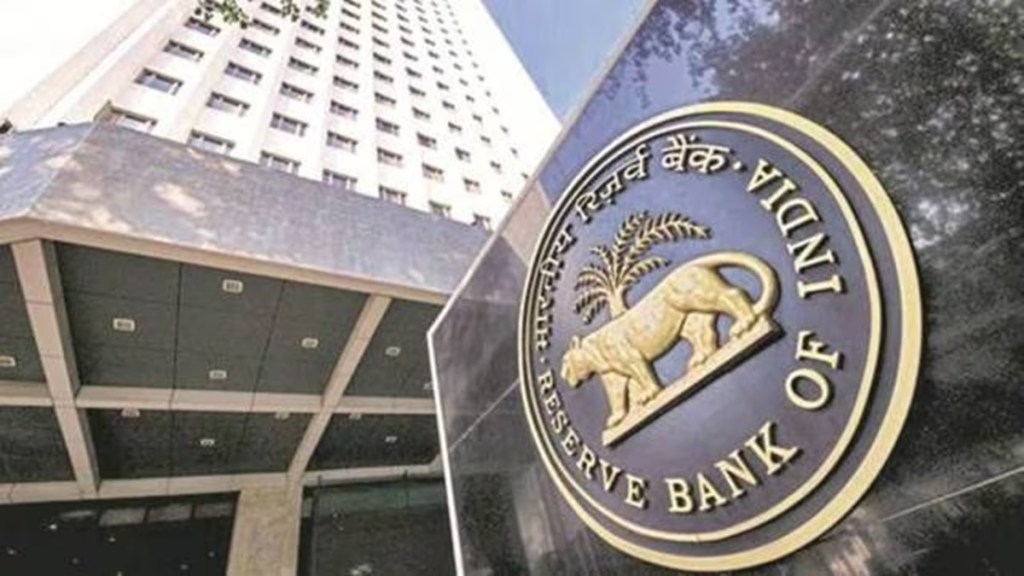India’s lower trailing inflation driven by decelerating food prices has opened up room for additional easing by the Reserve Bank of India (RBI’s) Monetary Policy Committee (MPC), stated a report by Morgan Stanley while penciling in a cumulative rate easing of 75bps. “We update our monetary policy outlook to add one more 25bps rate cut by the RBI, in light of lower than anticipated headline inflation prints for two consecutive months (i.e., January and February). We expect CPI to average 4 per cent in FY26 vs our prior estimate of 4.3 per cent. Thus, we pencil in a cumulative rate easing of 75bps, from our prior view of 50bps,” said Upasana Chachra, Chief India Economist, Morgan Stanley.
Earlier last week, data released by the Ministry of Statistics & Programme Implementation showed that the February CPI inflation stood at 3.61 per cent, dropping significantly from 4.31 per cent in January.
Morgan Stanley listed the key risks to its view could stem from (1) supply-side issues, including weather-related disruptions affecting food inflation, and (2) trends in global commodity prices and currency pressure affecting non-food inflation.
More rate easing on the plate
The RBI, in its February policy meeting, embarked on a rate easing cycle with a 25 bps cut against the backdrop of prioritising growth amid comfort on the forward-looking inflation trajectory. However, the brokerage firm said, the recent benign trend in inflation, along with expectations of a continued favourable outcome over the coming months, has meant that real rates have edged higher. “Indeed, they averaged ~2.4 per cent in January-February 2025 vs the 1.4-1.9 per cent range described by the RBI for neutral rates. Further, even as growth is recovering, the trend in credit growth at ~11 per cent remains soft – indicating room for financial conditions to ease,” the analysis report stated. Thus, Morgan Stanley built in one additional rate cut by the RBI of 25 bps in June, leading to a cumulative easing of 75 bps, as opposed to its prior view of 50 bps in the current rate easing cycle
In addition, the RBI remains nimble. Upasana Chachra said, “It initiated multi-pronged monetary policy easing since December 2024, by loosening across all its levers – i.e., rates, liquidity and regulations.”
On liquidity management, the RBI has used several liquidity-enhancing measures to pump both frictional and durable liquidity into the system. Further, there has been easing of macroprudential regulatory norms, such as restoring weights on bank lending by NBFCs and deferring the implementation of LCR and Project Finance Guidelines to 31 March 2026. Morgan Stanley expects the RBI to remain nimble in undertaking further liquidity management and regulatory easing, as warranted by the domestic growth-inflation mix.
Inflation outlook
The headline CPI print for January-February 2025 has surprised to the downside, led by a faster-than-anticipated moderation in food prices, especially vegetables. According to Morgan Stanley, QE March 2025 is likely to average 3.9 per cent YoY, the lowest quarterly print since QE December 2019. Further, it is likely to remain at 4 per cent YoY in H1FY26, down from 4.6 per cent in H1FY25.
“Within CPI, the decelerating trend is led by slowing food prices, with further evidence in the record output across key crops. This is likely to ensure adequate availability of buffer stocks over the coming months and iron out any excessive volatility from food prices. A normal monsoon is being forecasted for the current season, with El Niño (ENSO) and Indian Ocean Dipole (IOD) remaining neutral, said Upasana Chachra while maintaining that the government’s emphasis on augmenting agricultural productivity through measures to modernise and ensure sustainable practices are fundamental in keeping food prices stable.
“Therefore, penciling in for the trends by segment, we project headline inflation to align with the RBI’s target of 4 per cent YoY in FY26, lower than 4.7 per cent YoY in FY25,” Morgan Stanley stated.
Growth check – cyclical recovery underway
GDP growth recovered in QE December to 6.2 per cent from the low point of 5.6 per cent in QE September. High-frequency data for January/February, the report stated, suggest an improving/stabilising trend at the margin, with a gradual recovery in the aggregate trend.
For instance:
- GST averaged 12.6 per cent YoY in January-February (adjusted for the additional leap year day in February 2024) vs 8.3 per cent in QE December 2024.
- Credit growth has stabilised around the 11.3-11.4 per cent YoY level, above the trough of 10.6 per cent at the end of November. In this context, Morgan Stanley expects growth to average 6.5 per cent in F26, with support from:
a. Monetary policy easing,
b. Fiscal policy support through higher capex, and
c. Recovery in consumption, supported by strength in services exports improving the employment outlook, tax cuts, and lower inflation improving purchasing power.

